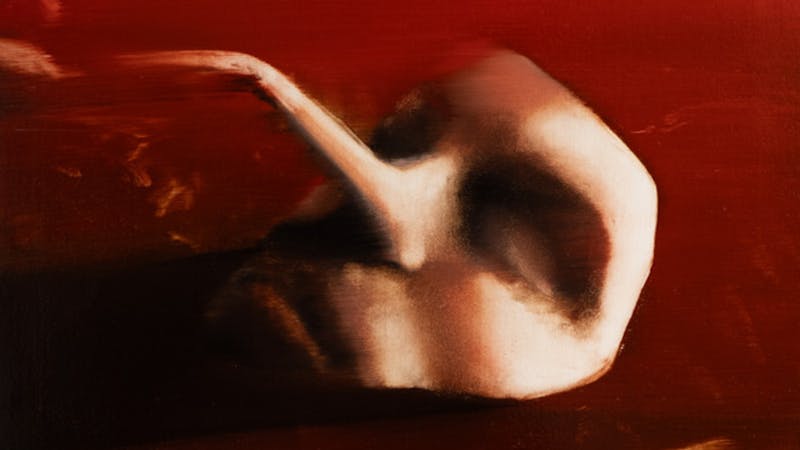Researchers find drug to bolster healthy hearts
A bioengineering research group at Rice University recently made an important discovery in finding that an antibiotic could be useful in reducing calcification of heart valves.
Calcifications turn a normally flexible and strong heart valve into a rocky structure, according to associate professor of bioengineering Jane Grande-Allen, whose lab published the findings.
"[The heart valves] can't open and close normally," Grande-Allen, the deputy speaker of the Faculty Senate, said. "They actually get to the point where they can barely open at all. The only treatment [right now] is to have a surgeon go in and replace [the heart valve]. There aren't any medications for valve disease."
The discovery was published in Cardiovascular Engineering and Technology this past January and could lead to preventive measures or treatment down the line, Hanszen College senior Aditya Kumar, who has worked in the lab since his freshman year, said.
"The issue with gentamicin is that it's really toxic," Kumar said. "It causes kidney damage and hearing damage. If you can understand the mechanism by which it's affecting calcium content rather than actually giving gentamicin, that would be the ideal treatment."
Kumar said he wanted to see how the antibiotic gentamicin would affect heart cells and calcification.
"It was kind of an accidental finding," Kumar said. "I saw that [gentamicin] reduced calcification. In other cell types, you wouldn't want to have lower calcium content. It's something associated with cell death."
The group was looking into the antibiotic gentamicin to treat contaminated heart cell cultures when they came across the discovery, Grande-Allen said.
According to Grande-Allen, calcium enters a cell and its organelles by binding to a specific type of receptor, but gentamicin competes with calcium for the same receptor and reduces the amount of calcium that can enter the cell.
Grande-Allen said the next step is to perform experiments regulating calcium receptors and to look broadly at how different genes and proteins are affected.
Most of the experiments leading to this discovery were led by Kumar, according to Grande-Allen.
"This is his own project," Grande-Allen said. "He really took the lead in that. He did even more experiments than we actually published."
Kumar also worked with bioengineering graduate student Dena Wiltz to design and carry out the gentamicin experiments, Grande-Allen said.
"I met with [Wiltz] and [Kumar] when they were planning their experiments," Grande-Allen said. "I had a large role in the experimental design. I talked a lot about that, even if I wasn't the one in the lab pipetting anything."
Kumar said his time in Grande-Allen's lab has been valuable.
"Going through the process of having a hypothesis, performing experiments and then writing what you found is pretty valuable if you want to move into graduate school or academia," Kumar said.
Brown College sophomore Julia Liu said she thought the medical advancement is impressive.
"I think it's really great that we're making scientific discoveries like this on our campus," Liu said.
More from The Rice Thresher

Review: 'Adults' couldn’t have matured better
Sitcoms are back, and they’re actually funny. FX’s “Adults” is an original comedy following a friend group navigating New York and what it means to be an “actual adult.” From ever-mounting medical bills to chaotic dinner parties, the group attempts to tackle this new stage of life together, only to be met with varying levels of success.

Review: HAAPI Fest showcases Texas filmmakers
On a hot and hazy Texas day, the Houston Asian American and Pacific Islander Festival devoted an entire block of time towards Texas filmmakers. This June 7 showcase was but a small slice of the two weekends where HAAPI Fest centered Asian artists in film and other mediums, capping its final day with a comedy show.

Top 10 songs of the summer so far
Finals have wrapped, campus has emptied out and our playlists have exploded with fresh releases. From 10‑minute punk epics to sun‑drenched disco revivals, the early‑summer drop has been generous. Here are 10 tracks — in alphabetical order — that have ruled my headphones since the last textbook closed.

Please note All comments are eligible for publication by The Rice Thresher.